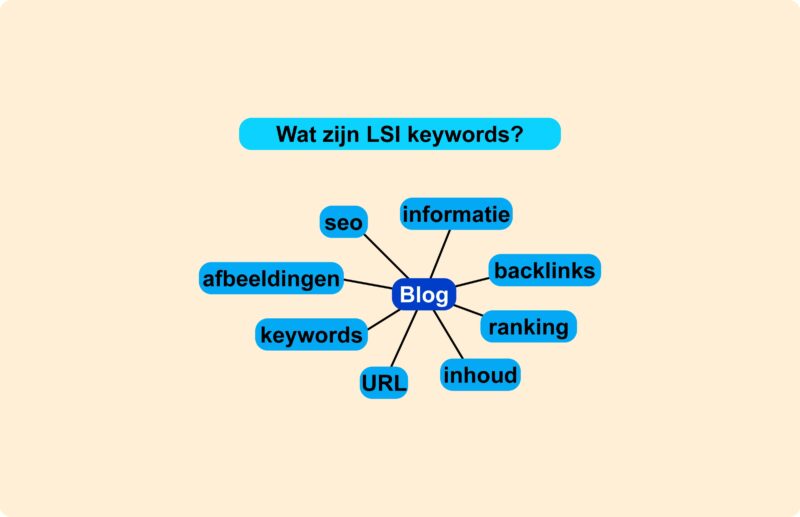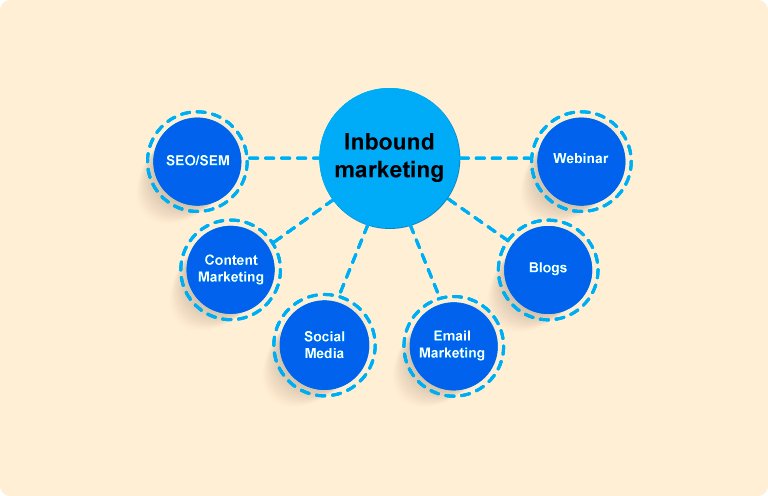What are LSI keywords and how do I deploy them for SEO

Latent Semanic Indexing (LSI) is essential for search engine optimization. In this article, I explain exactly what LSI entails and how SEO specialists use it to improve search engine rankings and online discoverability.
What are LSI keywords?
LSI keywords are terms or phrases related to the main topic of a Web page. These keywords help search engines better understand the content of a page. LSI keywords often reflect the variety and richness of a language and therefore make connections between words that are often used together. However, these need not be synonyms.

The importance of LSI keywords
LSI keywords are important for optimizing a page. Webmasters and content creators are responsible for this. This leads to higher rankings in search engines and higher relevance for users.
LSI keywords also help avoid “keyword stuffing.” This is an outdated technique where the same keywords are used repeatedly. Search engines are now penalizing this.
What are LSI keywords (video)
No time for a long article? No problem. Watch the video below for a summary of this article.
The operation of LSI keywords
LSI keywords work by creating contextual relationships between words. When crawling a page, search engines look not only at main keywords, but also at related terms.
Example: a page on healthy eating contains words like “calories,” “nutrients” and “vitamins.” A search engine can conclude from this that the page is actually relevant regarding the topic of healthy eating.
Latent Semantic Indexing
Latent Semantic Indexing is a mathematical method for understanding the relationship between different terms and concepts in content. This helps identify patterns related to the words and concepts. Search engines thus gain a better understanding of the context of web pages. In this way, the user sees a more accurate and relevant results page.
The role of LSI keywords in search engines
LSI keywords matter in relation to search engines in two ways. They improve the accuracy of search results by better understanding the context and theme of the content. They also help classify web pages into appropriate categories and subcategories. This leads to a better user experience.
Search engines use LSI when evaluating the quality and relevance of pages. This can improve the SEO of a website.
Finding LSI keywords
A strategic approach is needed to find LSI keywords. Identify related terms and phrases that complement primary keywords of the content. Important for this is to understand the main topic well. Keyword research is also necessary.
Identify LSI keywords
Several tools and methods are available for identifying LSI keywords, including Google Keyword Planner, LSIGraph and SEMrush. These tools provide suggestions for keywords related to the main keyword.

Google’s “related searches” at the bottom of the search page also provide insight into search terms that users often search for in conjunction with the main keyword.
Practical Tips
Stay natural and relevant in the use of LSI keywords. Incorporate them organically into the content without compromising the readability or quality of the content. Avoid overuse of LSI keywords. This can lead to keyword stuffing and negatively affect SEO position.
Applying LSI keywords in content
It is important to strike a balance when applying LSI keywords in content. Use these keywords to enrich the context and depth of content. The keywords are written in the main text, but also in the subheads, meta descriptions and even in the alt texts of images.
Integrating LSI keywords into web content
Ensure that LSI keywords are naturally integrated into web content. Keywords should complement the main topics and reinforce the meaning of the text.
For better results, it helps to spread the keywords throughout the page. Place it both in the introduction, body and conclusion. This contributes to a complete picture of the subject.
The balance between main keywords and LSI keywords
Aim for a balance between main keywords and LSI keywords. The priority is main keywords, but LSI keywords are indispensable for adding context to content.

A good balance between main keywords and LSI keywords makes content relevant and valuable to both users and search engines. Don’t use too many LSI keywords. This can undermine the main keywords.
LSI keywords in SEO
LSI keywords are important in an SEO roadmap. They help search engines better understand the context and relevance of content. LSI keywords provide a richer and detailed representation of the topic. This can have a positive effect on SEO performance.
LSI keywords not only make content more interesting and attractive to users, but also to search engines looking for specific queries.
Impact of LSI keywords on SEO ranking
LSI keywords have a major effect on a website’s SEO rankings in search engines. These keywords cause the page to be considered more relevant in content and context. The search engines value the website more, which will make the website rank higher in Google.
Websites that make efficient use of LSI keywords stand out from their competitors who focus only on main keywords. This often leads to higher search engine rankings.
LSI keywords with other SEO techniques
LSI keywords are part of a broader SEO plan and work best when combined with other SEO techniques such as quality backlinks, mobile views, optimized meta tags and original and quality content.
The above factors combine to create a strong SEO strategy that improves a website’s visibility and findability. However, when using LSI keywords, it is always important to create the content naturally and not lose emphasis on other important SEO elements.
Summary
LSI keywords are crucial factors in an SEO strategy. These words help improve the relevance and depth of content. This leads to better performance in search engines. However, a broader SEO approach is essential to achieve the desired effect with LSI keywords.






